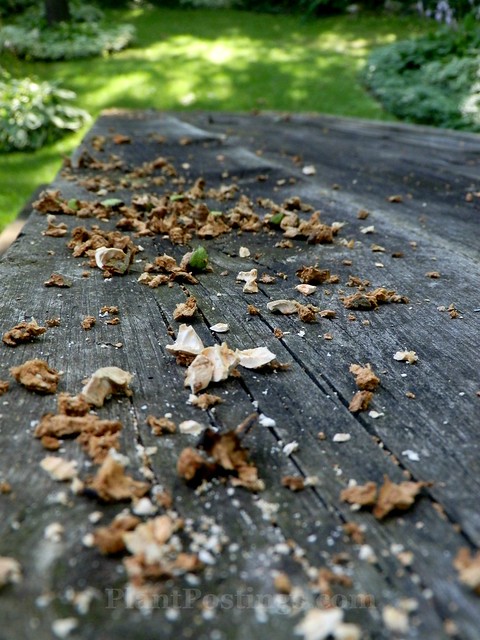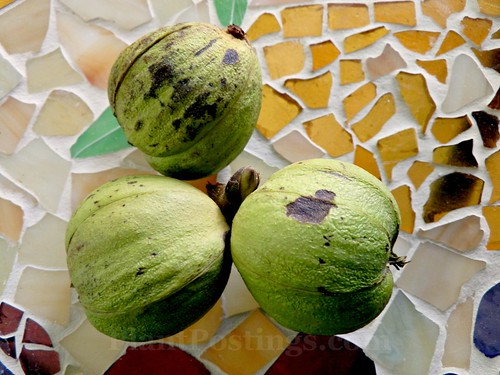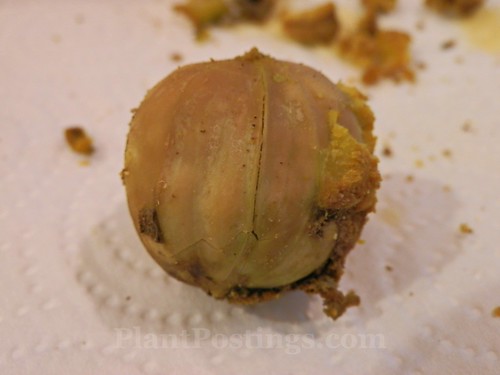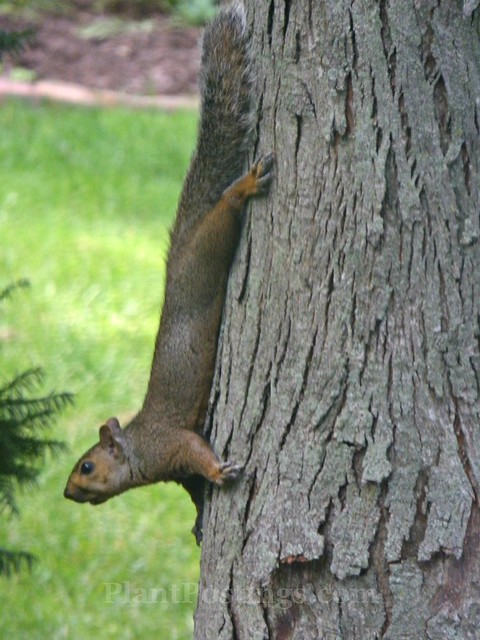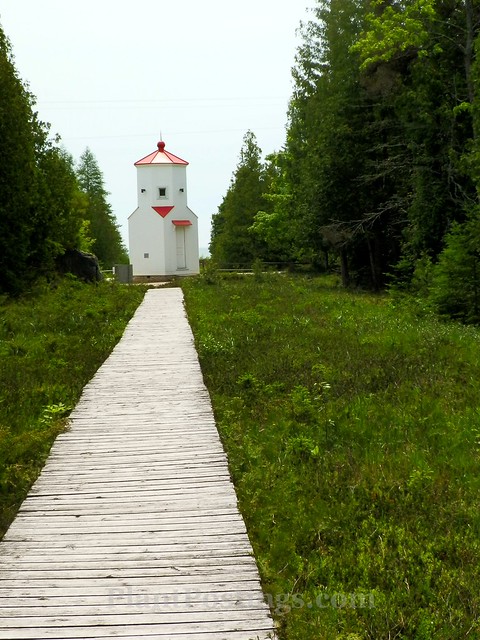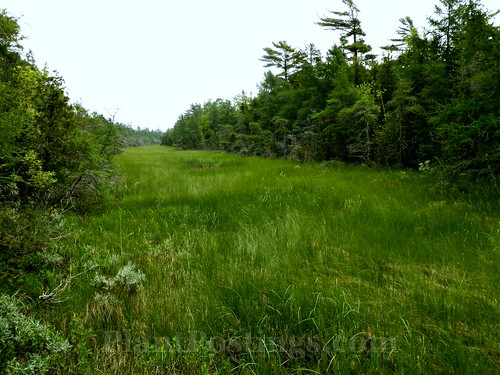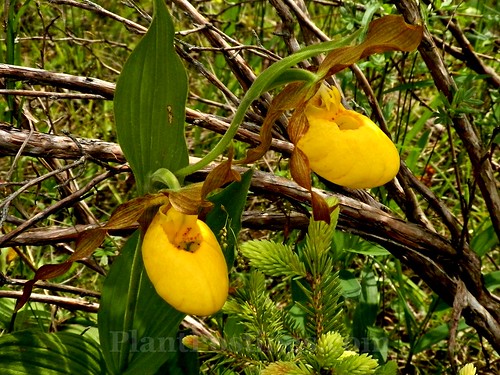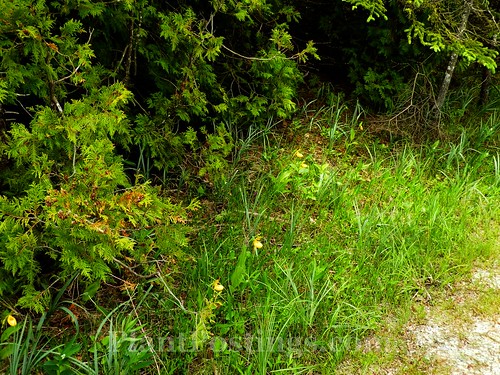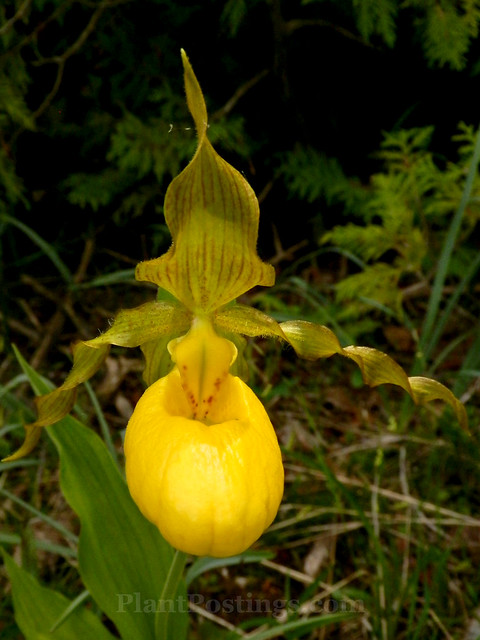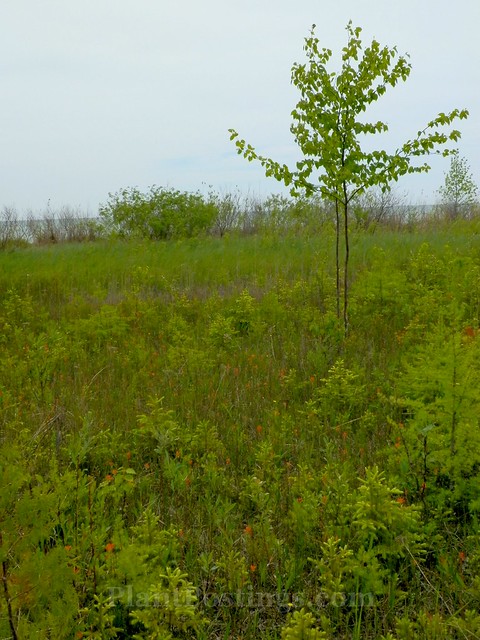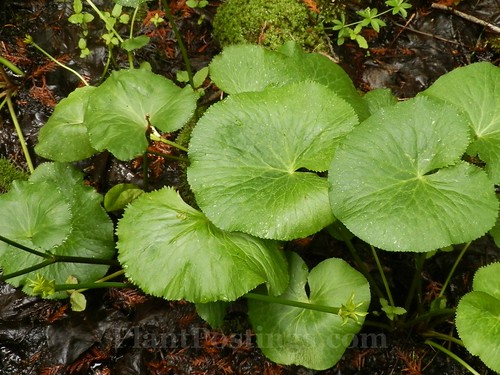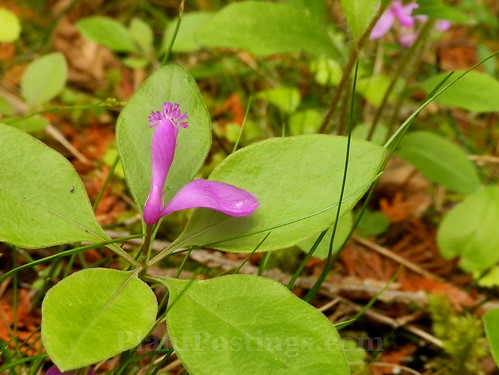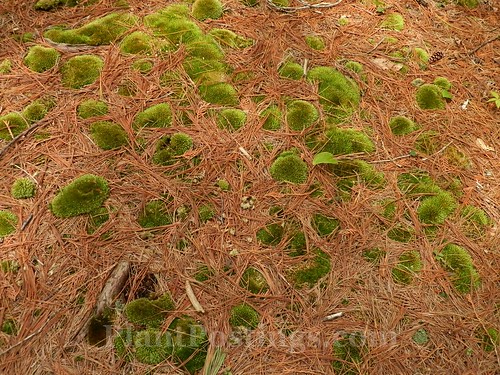The Latin names for today's plants progress from A to Z: from Agastache to Zinnia (although a few letters are missing).
I'm squeaking by with a Garden Blogger's Bloom Day post. On the 15th day of each month, gardeners around the world share what's blooming in their gardens.
Here in Southern Wisconsin, USA, it's been an incredible summer! A little challenging for the plants, with record rainfall in June, and nearly no precipitation in July. But the temperatures have remained around 80F/27C nearly all summer. Some plants don't mind the fluctuations in precipitation, especially with those mild temps.
Here are some highlights in my garden this month, from A to Z:

Anise Hyssop (Agastache foeniculum 'Golden Jubilee') is new to my garden. I thought it might be too shady here, but it's getting just enough dappled sun and seems quite happy. I'm thinking I should deadhead these to encourage more blooms through the fall.

I missed these guys last year--'Rocket Mix' Snapdragons (Antirrhinum majus). This cultivar creates various colored blooms that get quite tall and are fabulous cut flowers. I pinch them off early in the growing season for larger late-summer blooms. These flowers are just getting going and will bloom until frost in October.

We had a bit of an accident earlier in the summer when an unnamed family member knocked over the tops of some of these Swamp Milkweed (Asclepias incarnata) stems. But that's OK: This created more stems that will bloom in progression during the coming weeks. This plant is a bee, butterflly, hummingbird, and White-Lined Sphynx moth magnet. Of course, as a Milkweed, it's a larval host for the Monarch, and I seem to be seeing at least one Monarch butterfly on it each day lately. It has a beautiful vanilla scent.

The Meyer Lemon (Citrus x meyeri) seemed a little shocked when we moved it outside in May. A few Lemons remain and are getting larger. Meanwhile, it's adjusting well now and has quite a few new blooms.

I could fawn over this flower for hours, but I won't. Suffice it to say, I can't imagine a summer garden without Cosmos bipinnatus. It never fails, and it's one of the best cut flowers around--just plop some in a vase for several days of beauty.

The Purple Coneflowers (Echinacea purpurea) are fading a bit but still attracting many pollinators, like this Goldenrod Soldier Beetle. It's fun to watch them landing on and traversing the cones.

One of my top performers every summer is Fuchsias in hanging baskets. This year, I selected 'Marinka,' which has been blooming nonstop since mid-May. I might even try bringing a couple of the baskets indoors (in the sunroom) this winter to keep the Meyer Lemon company.

Last year, I took a break with Impatiens because of the downy mildew plaguing them across the country. But I missed them, so I planted 'Fiesta Pink Ruffle' amongst several other potted plants this year. It reminds me of a delicate Rose, and seems quite hearty.
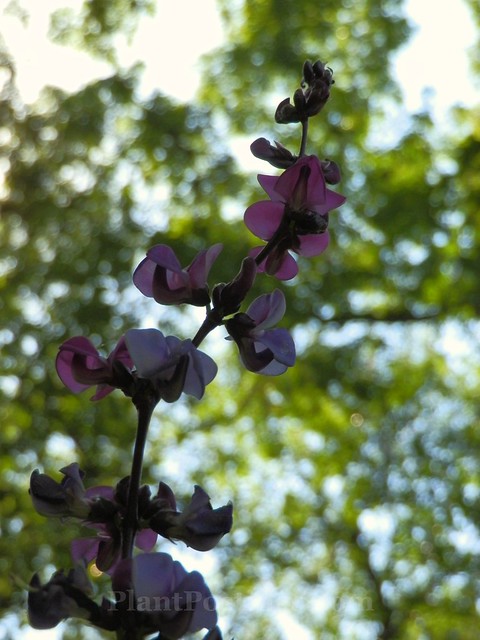
The Hyacinth Bean (Lablab purpureus) blooms are reaching for the sun at the top of my obelisk. They attract hummingbirds, bees, and butterflies. These plants got a bit of a late start, but I hope they'll continue to bloom and produce their pretty purple beans into the fall until the frost.

The Lantanas (L. camara 'Lucky Flame') are performing surprisingly well this summer, and are attracting butterflies and bees. I only discovered this annual plant a few years ago, but now it's one of my favorites.

'Blazing Star' Liatris (L. spicata) is winding down, but still attracting pollinators. Soon I'll deadhead the faded blooming stalks, because I'm not crazy about how they look when they're brown and dry. Plus, the garden has plenty of "winter interest" blooms that will remain standing.

The Resurrection Lilies (Lycoris squamigera) seem to be blooming early this year. These flowers seemingly appear out of nowhere in late summer--from foliage that goes dormant after the spring. Also called "Naked Ladies" and "Magic Lilies," among other nicknames, they're lovely in dappled sunlight. They weren't even visible in my garden earlier this week.

Black-Eyed Susans (Rudbeckia hirta) are another favorite of the Goldenrod Soldier Beetles. They're a cheery focal point in my garden during the late summer.

This variegated Sweet Potato vine (Solanum jasminoides) is a great companion to the Fuchsias in my hanging baskets. The delicate white and yellow flowers come and go, while the foliage is visually appealing throughout the growing season.

And finally, the Zinnias (Z. elegans 'State Fair Mix')! I missed them last year, and I'm so glad I included them this year. It's been a challenging year for them with the fluctuating precipitation, but they're coming on strong now--just in time for some fabulous late-summer, early fall floral bouquets.
Thanks for visiting! Head on over to May Dreams Gardens to find out what's blooming in other gardens around the world. Thanks to Carol for hosting!



